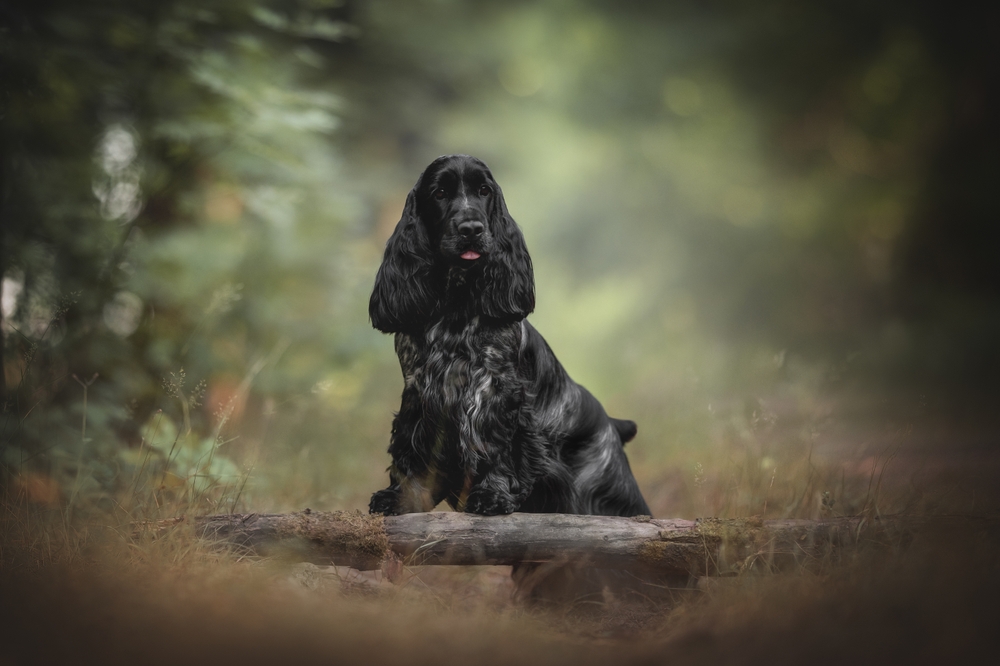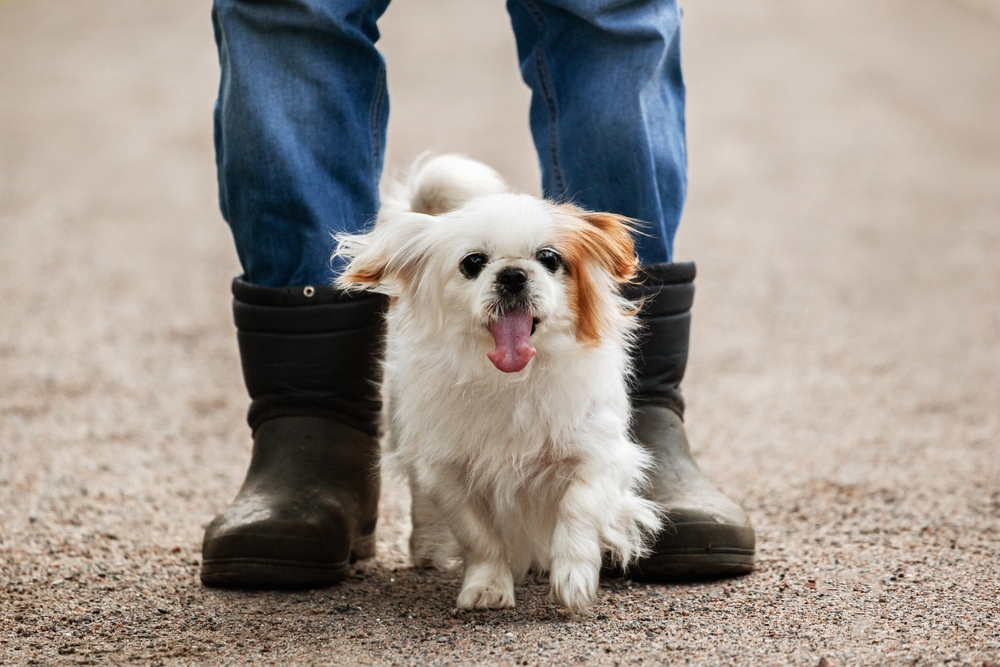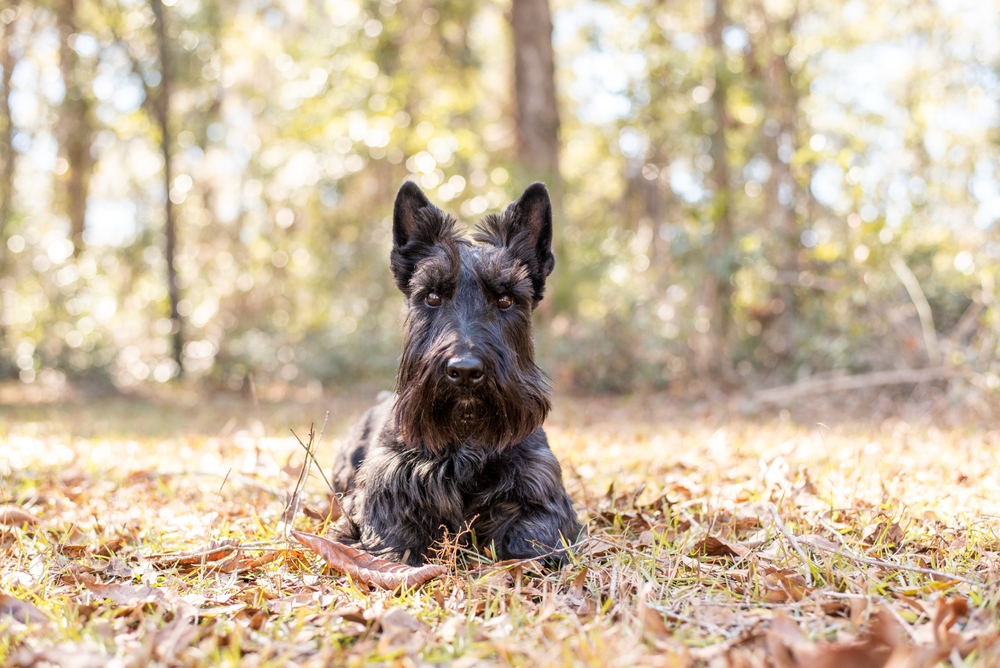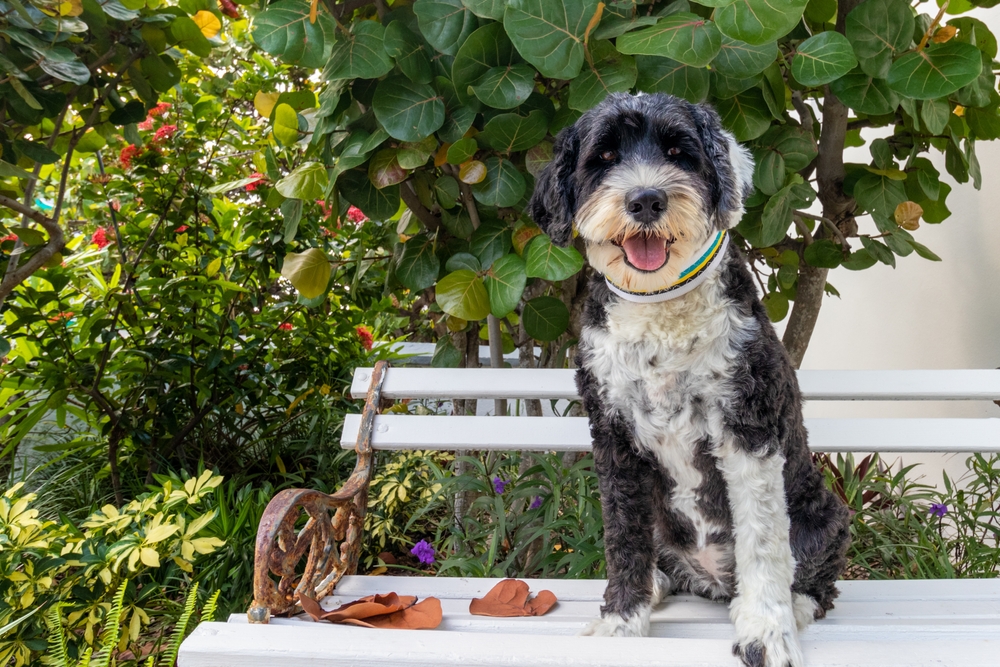The First Dogs of the White House are celebrities in their own right. These canine companions often steal the spotlight, with their antics and personalities adding a touch of warmth to the often stuffy corridors of power. From photobombing presidential speeches to serving as diplomatic icebreakers, these four-legged residents have played their own unique roles in American history. Here are 10 First Dogs who ruled the White House like total celebrities, making their mark not just as pets but as furry icons.
1. Laddie Boy

Warren G. Harding’s Airedale Terrier, Laddie Boy, was more than just a pet—he was a media sensation. Laddie Boy had his own chair at Cabinet meetings and was even featured in newsreels, making him one of the original celebrity dogs. He was a regular at White House parties and received letters from dog lovers all over the country. Laddie Boy’s popularity was so immense that after Harding’s death, 19,000 newspaper boys donated pennies to have a statue made in his honor.
According to the Library of Congress, Laddie Boy’s presence in the White House symbolized a new era of media scrutiny and public interest in the personal lives of presidents. The public’s fascination with Laddie Boy demonstrates how pets can humanize leaders and create a more relatable image. Beyond his charm, Laddie Boy was also known for his intelligence and ability to perform tricks, further endearing him to the nation. His legacy lives on as a testament to the impactful role pets play in the lives of their human companions, even at the highest levels of power.
2. Fala

Franklin D. Roosevelt’s Scottish Terrier, Fala, was a constant presence during his presidency and even accompanied him on diplomatic trips. Fala became so well-known that he was mentioned in Roosevelt’s speeches, including the famous “Fala speech” where FDR humorously addressed rumors about the dog. Fala’s adventures included meeting international leaders and even having a Secret Service detail. His loyalty to Roosevelt was well-documented, staying by his side during critical moments.
Fala was more than just a pet; he was a symbol of wartime resilience and American spirit. People across the nation adored him, and his popularity extended to War Bond campaigns. The bond between Roosevelt and Fala showcased the deep connection that can exist between humans and their canine companions. Fala’s life at the White House is a reminder of the emotional support and joy pets can provide, especially in challenging times.
3. Checkers

While not technically a White House resident, Richard Nixon’s Cocker Spaniel, Checkers, played a pivotal role in his political career. The “Checkers speech” in 1952 saved Nixon’s vice-presidential candidacy by addressing accusations of financial impropriety. During the televised address, Nixon mentioned that his family had received a dog as a gift, and they intended to keep him. This heartfelt moment resonated with the public, showcasing the power of pets in politics.
The Checkers speech is studied by political scientists and historians as a masterclass in emotional appeal and public relations. According to a study by the University of Pennsylvania, Nixon’s use of Checkers in the speech created a relatable narrative that connected with the American public. This moment highlights how pets can be strategically used to soften political images and build trust with voters. Checkers never lived in the White House, but his legacy remains influential in political storytelling.
4. Pushinka

Pushinka, a gift from Soviet Premier Nikita Khrushchev to John F. Kennedy, was no ordinary dog. She was the daughter of Strelka, one of the first dogs to travel to space and return safely. Pushinka’s arrival at the White House was a symbolic gesture during the Cold War, an era when diplomacy was crucial. Despite initial concerns about espionage, Pushinka quickly became a beloved member of the Kennedy family.
Her presence in the White House underscored the role of pets as diplomatic tools, bridging cultural and political divides. Pushinka’s story captivated the world, and her puppies, born of a union with Kennedy’s other dog Charlie, became known as the “Pupniks.” This crossbreed of American and Soviet canine lineage served as a charming metaphor for potential cooperation between the two superpowers. Pushinka’s life was a testament to how pets can transcend politics and foster goodwill.
5. Liberty

Gerald Ford’s Golden Retriever, Liberty, was an iconic First Dog who captured the hearts of Americans. She was often photographed beside Ford, enjoying walks on the White House lawn or lounging in the Oval Office. Liberty’s friendly demeanor and loyal companionship were reflective of Ford’s approachable leadership style. She even had a litter of puppies during her time in the White House, further endearing her to the public.
According to a feature in the American Kennel Club Gazette, Liberty’s presence in the White House helped soften Ford’s image during a turbulent political period. Her calming influence and family-oriented appeal were significant in shaping public perception. Liberty’s legacy lives on as a symbol of the unconditional love and stability that pets can offer. Her time in the White House remains a poignant example of the profound impact a pet can have on both a presidency and a nation.
6. Millie

Barbara Bush’s English Springer Spaniel, Millie, was not just a pet; she was a published author. “Millie’s Book,” a dog’s-eye view of life in the White House, became a bestseller, with proceeds going to literacy programs. Millie’s popularity was bolstered by her appearances in television interviews and her role as a charming ambassador of the Bush family. She was often seen frolicking on the White House grounds, providing a lively backdrop to the political scene.
Millie’s presence in the White House highlighted the role pets can play in humanizing political figures. Her playful nature and the affection she shared with the Bush family were frequently captured by the media. Millie’s Book offered a unique perspective that engaged the public and offered a glimpse into the personal side of presidential life. Her legacy as an author and beloved pet lives on, illustrating the multifaceted roles pets can assume.
7. Buddy

Bill Clinton’s chocolate Labrador Retriever, Buddy, was a loyal companion during his second term. Buddy’s arrival coincided with a tumultuous time in Clinton’s presidency, providing much-needed companionship and stress relief. The media often captured moments of Buddy playfully interacting with the Clintons, highlighting the joy he brought to the family. Buddy’s presence underscored the therapeutic benefits pets offer, especially in high-pressure environments.
According to a study published in the Journal of Occupational Health Psychology, pets like Buddy can significantly reduce stress and improve well-being. His playful antics and unwavering loyalty provided an emotional anchor for the Clintons during challenging times. Buddy’s life in the White House is a testament to the profound impact pets can have on mental health and overall happiness. His time with the Clintons remains a heartwarming chapter in the history of First Dogs.
8. Barney

George W. Bush’s Scottish Terrier, Barney, charmed the nation with his spirited personality and frequent appearances in “Barney Cam” videos. These short films, shot from Barney’s perspective, offered a quirky and endearing view of White House life, resonating with millions online. Barney quickly became a media darling, participating in holiday events and posing for official portraits. His presence added a layer of personal warmth to the Bush administration.
Barney’s popularity highlighted the increasing role of digital media in shaping public perceptions of the presidency. His videos went viral, demonstrating how pets can enhance public engagement and bring a sense of levity to political discourse. Barney’s adventures around the White House offered a lighthearted glimpse into presidential life, enhancing the administration’s relatability. His legacy lives on as a pioneer in the digital portrayal of First Dogs.
9. Bo

Bo, a Portuguese Water Dog, was one of the most famous First Dogs, belonging to the Obama family. Known for his hypoallergenic coat, Bo was a thoughtful choice for the Obama daughters, one of whom had allergies. His playful nature and frequent appearances in family photos made him an instant hit with the public. Bo’s time in the White House was marked by his participation in official events and playful antics.
Bo’s popularity was reflective of the Obama administration’s emphasis on family values and approachability. His presence provided a sense of normalcy and joy amid the bustling environment of the White House. Bo’s legacy is one of charm and companionship, capturing the hearts of Americans who followed his journey. As a First Dog, Bo exemplified the important role pets play in family life, even under the public’s watchful eye.
10. Major

Major, one of Joe Biden’s German Shepherds, made history as the first shelter dog to live in the White House. Major’s story began at the Delaware Humane Association, where he was adopted by the Bidens, highlighting the importance of pet adoption. His journey from shelter to White House underscored a commitment to animal welfare and the transformative power of second chances. Major’s presence in the White House has been a symbol of inclusivity and compassion.
His story has been particularly inspirational for animal advocates and pet owners alike, shining a light on the virtues of adopting rather than shopping for pets. Major’s life at the White House serves as a reminder of the joy and fulfillment that a rescue pet can bring. His adventures continue to captivate the public, illustrating the special bond between humans and their canine companions. Major’s legacy is one of hope and the endless possibilities that come with giving a pet a forever home.
